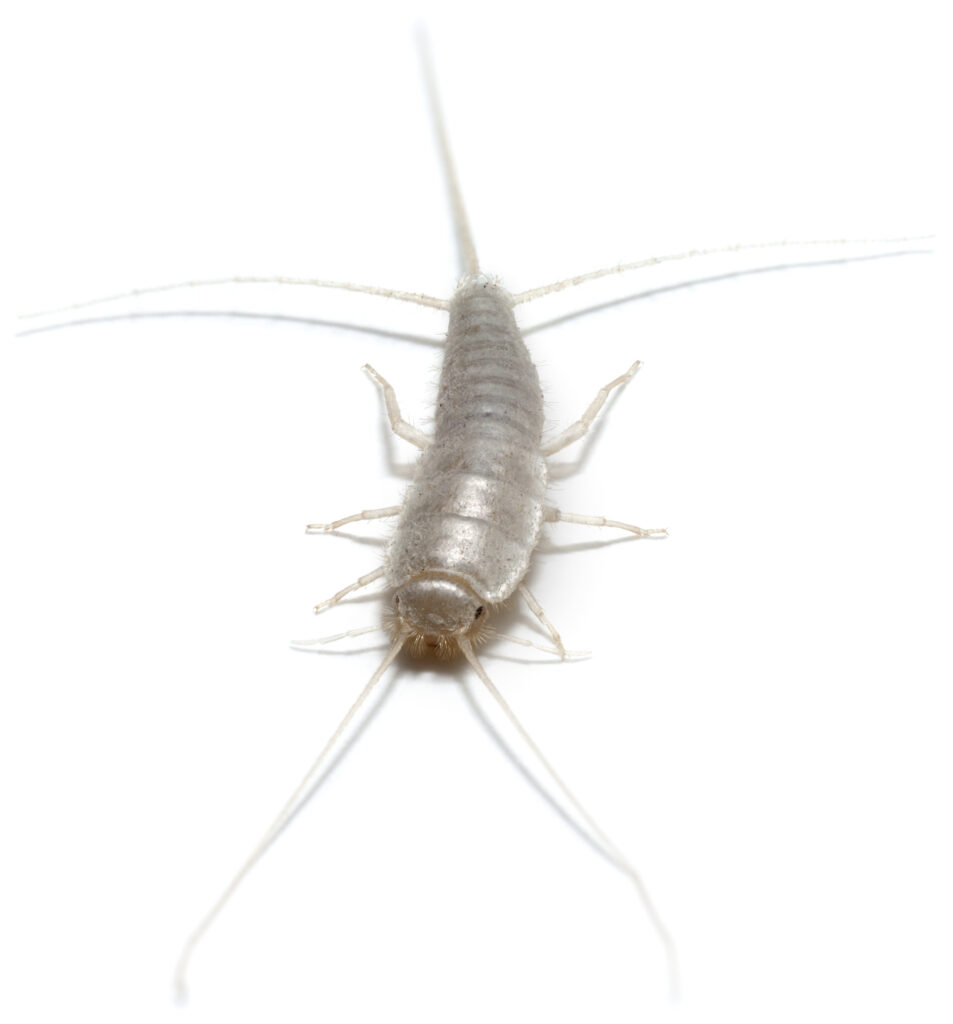Squirrels nesting in chimneys is a common problem faced by homeowners. Chimneys provide squirrels with a warm and protected space to build their nests, especially during colder months or when they’re seeking shelter. Here are some important points to consider if you’re dealing with squirrels nesting in your chimney:
- Identify the presence: Squirrels are typically active during the day, so you may hear scratching, scampering, or chirping sounds coming from your chimney. You might also notice debris, leaves, twigs, or nesting materials falling into your fireplace.
- Prevention: To prevent squirrels from entering your chimney, install a chimney cap or a mesh screen. These barriers allow smoke and gases to escape while keeping animals out. Ensure the cap or screen has small enough openings to prevent squirrels from squeezing through.
- Inspection: If you suspect squirrels have already made a nest in your chimney, it’s important to confirm their presence. Hire a professional chimney sweep or wildlife control expert to conduct a thorough inspection. They can assess the situation, remove any existing nests, and provide guidance on further preventive measures.
- Removal: Removing squirrels from a chimney can be challenging, so it’s advisable to seek professional help. Trapping and relocation are common methods used to safely remove squirrels. Attempting to remove them yourself can be dangerous and may result in injury to you or the squirrels.
- Repairs and cleaning: Once the squirrels are removed, it’s important to repair any entry points or damage to prevent future infestations. Remove nesting materials, droppings, and debris from the chimney and fireplace area. Make sure to wear protective gear, such as gloves and a mask, while cleaning to avoid contact with parasites or pathogens that may be present.
- Ongoing maintenance: Regularly inspect and maintain your chimney to ensure it remains squirrel-proof. Keep nearby tree branches trimmed to discourage squirrels from accessing the chimney from above.
Remember, it’s crucial to handle squirrels nesting in chimneys with caution and respect for wildlife. Contacting a professional with experience in wildlife removal and pest control will help ensure a safe and humane resolution to the problem.
